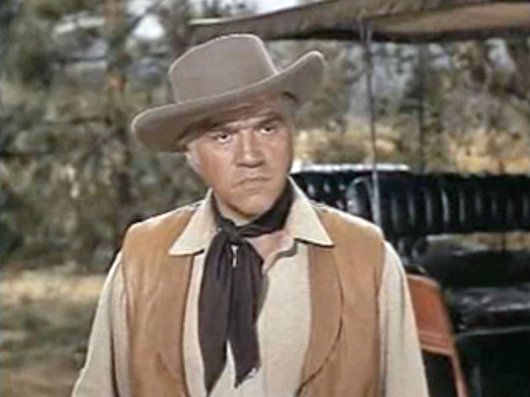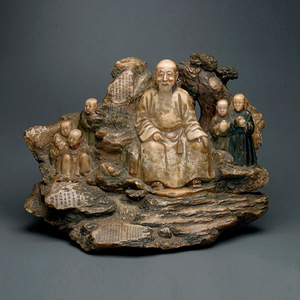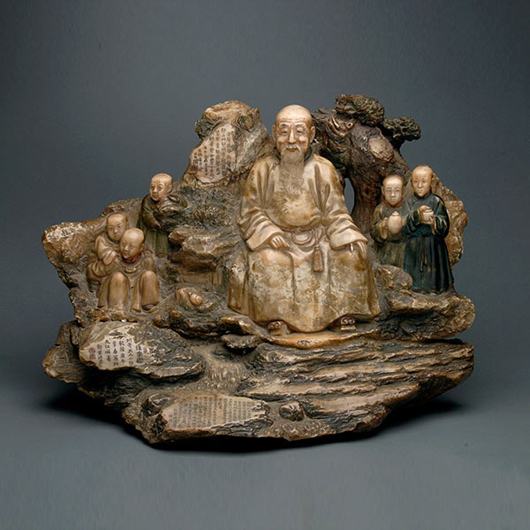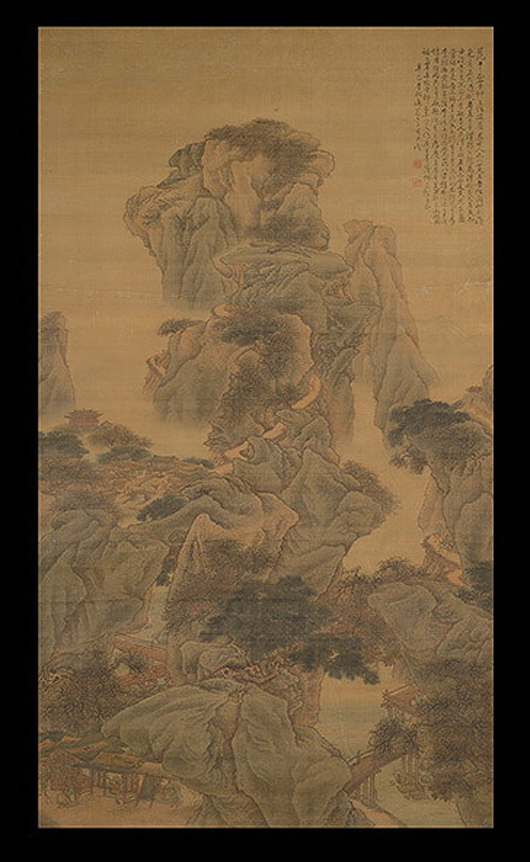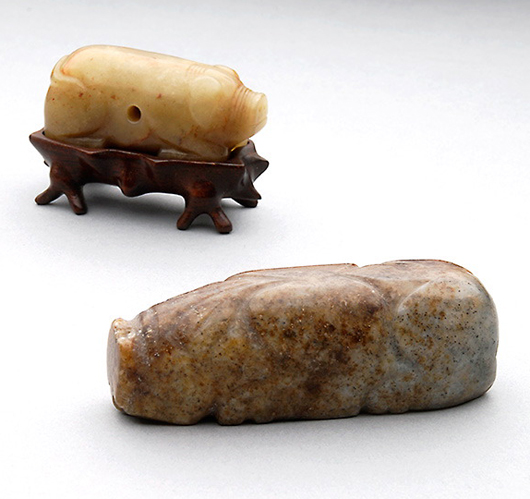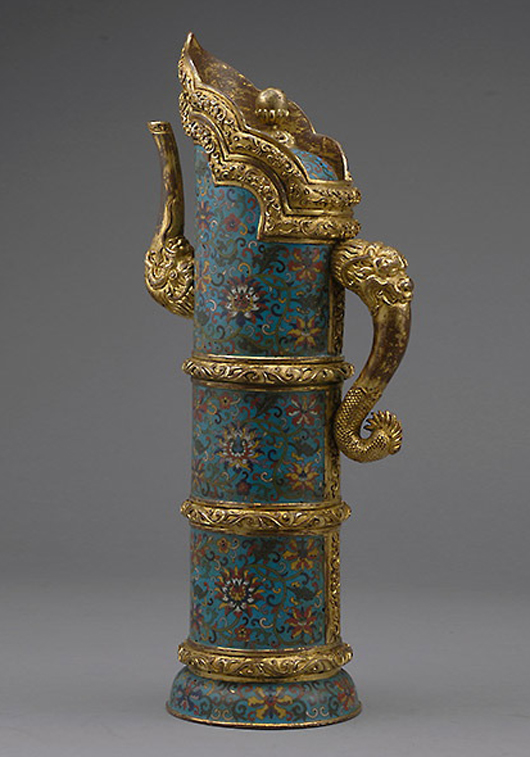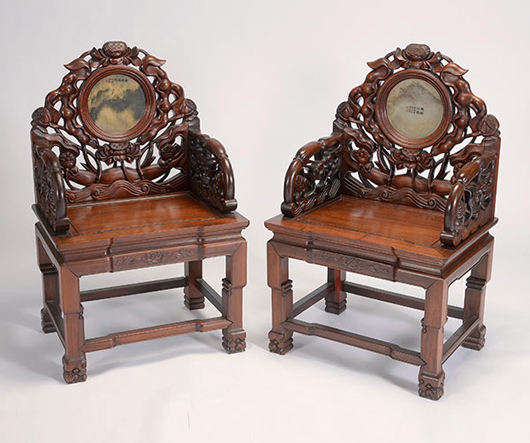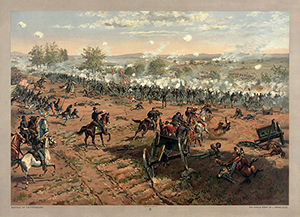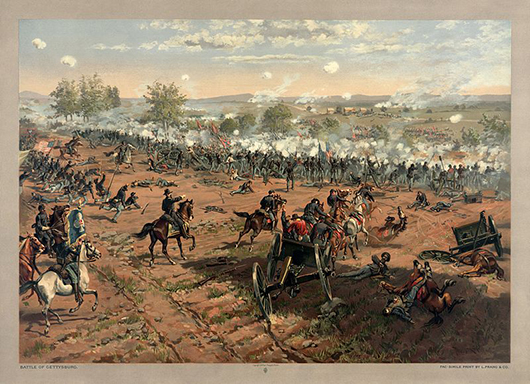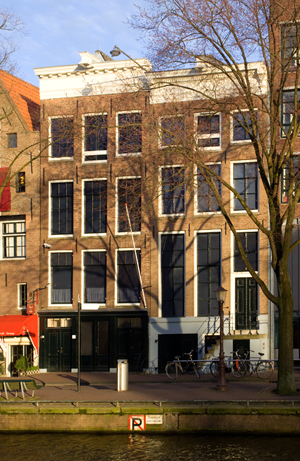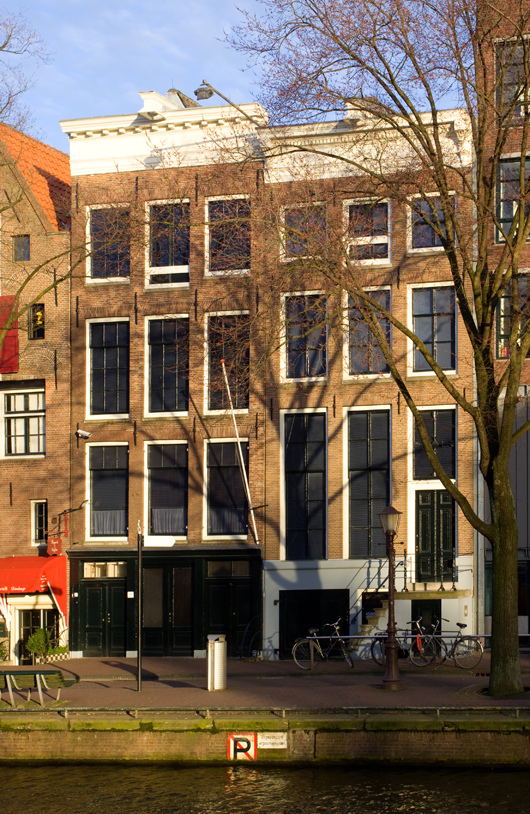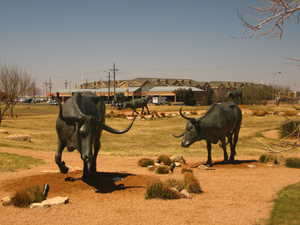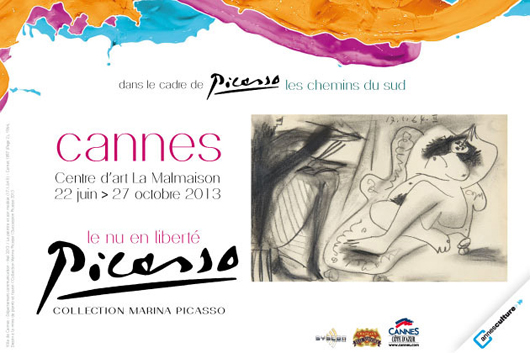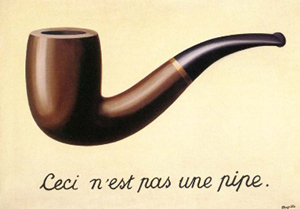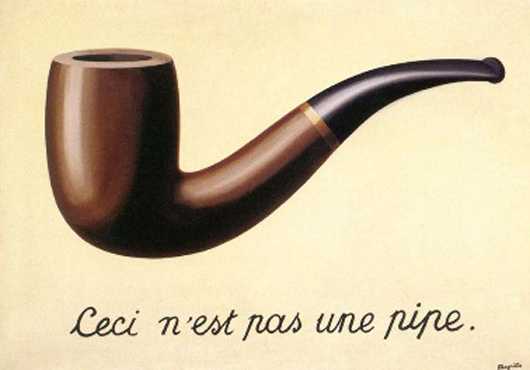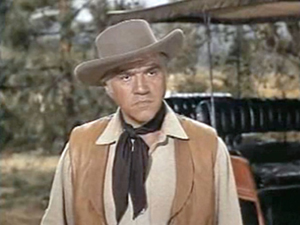
RENO, Nev.—Several pieces of memorabilia from the long-running hit TV series Bonanza are going up for auction in Nevada, including the branding iron used in the iconic Western’s opening credits.
The family of Canadian star Lorne Greene is selling a number of the deceased actor’s personal items and much of his memorabilia from the show at an auction Saturday in Reno. The sale was arranged by Greene’s son, Chuck, who lives at Lake Tahoe.
The Ottawa-born actor died in 1987 at age 72. From 1959 to 1973, he played Ben Cartwright, the patriarch of the Bonanza family, whose sprawling, 1,000-square-mile Ponderosa Ranch was set in the high Sierra between Tahoe and Virginia City.
Jeff Pilliod, who owns the auction house handling the sale, said he got excited as soon as he heard from Chuck Greene’s personal assistant that the actor’s son had decided he had too “much stuff.”
“When you have a name to match with the auction, it adds a lot more . . . to it,” said Pilliod, owner and auctioneer of Anchor Auctions and Appraisals.
“And Bonanza was very, very popular,” he told the Reno Gazette-Journal.
Chuck Greene’s assistant, Sky Richarde, said they picked Pilliod as the auctioneer partly because of the local ties. Chuck Greene lives near the site of a replica ranch that operated as a tourist stop at Incline Village from 1967 to 2004.
Chuck Greene “still has a lot of his father’s stuff,” Richarde said. “He needed to not have so much stuff and he wants the public to have access to these things that were his father’s.”
The family earlier donated some of Lorne Greene’s documents to the University of Southern California for research purposes, she said.
One of the auction’s highlights is the branding iron that appeared during each episode’s opening credits, burning up the Old West-style map of the ranch and surrounding frontier.
Also up for sale are awards, photos of Lorne Greene at the Reno Rodeo and large personalized belt buckles, including one he received in 1962 from the owners of the Bucket of Blood Saloon in Virginia City with an inset of an 1884 Liberty silver dollar.
Lorne Greene also starred in the science fiction series Battlestar Galactica but is best known for his role in Bonanza. His TV sons were played by Dan Blocker (Hoss), Pernell Roberts (Adam) and Michael Landon (Little Joe) during the first run of the popular series seen by an estimated 400 million people in 80 countries.
The show, which was filmed mostly in Los Angeles and partly around Lake Tahoe, helped put Nevada on the map worldwide, said Guy Rocha, retired Nevada state archivist and historian.
“People throughout the world saw this area depicted on TV and thought of Bonanza and the Cartwright family,” Rocha said. “There were generations raised on the show.”
Pilliod said he has reached out to fan clubs of both Bonanza and Battlestar Galactica, as well as museums he believes might have interest in displaying some items. He said he has even sought out fans in Europe and Asia, where Bonanza remains popular today because of the allure of the Old West there.
“We hope for a busy weekend,” Pilliod said. “We have already had quite a bit of interest, so we’re looking forward to it.”
# # #
Copyright 2013 Associated Press. All rights reserved. This material may not be published, broadcast, rewritten, or redistributed.
ADDITIONAL IMAGE OF NOTE
